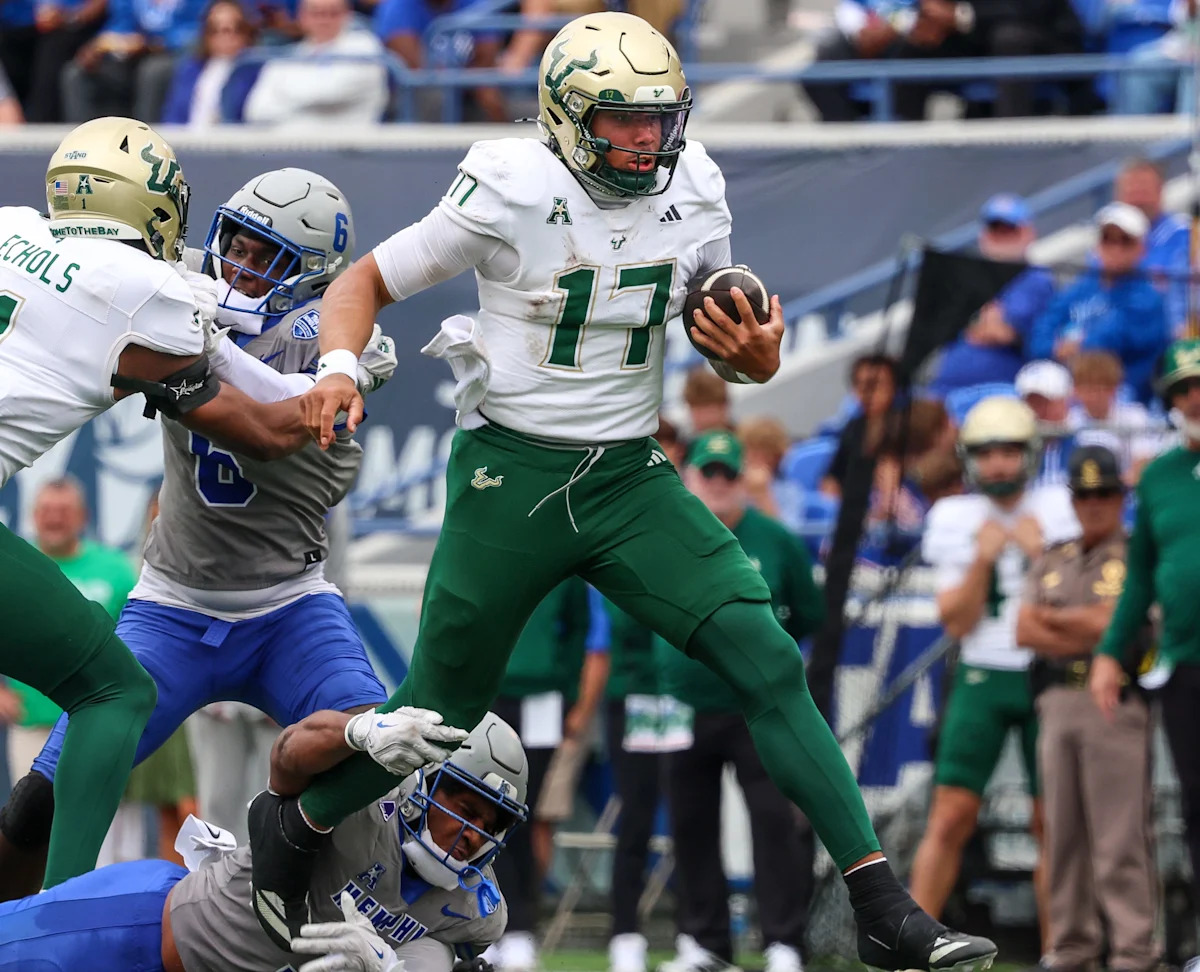
“From Abandoned to Ambitious: How California and Stanford Are Plotting a Football Comeback”
In a bold move signaling a new chapter for two storied college football programs, Ron Rivera has returned to the University of California, Berkeley as its first-ever general manager, while Stanford University has brought in NFL legend Andrew Luck for the same role. This transition comes at a crucial moment, with both institutions grappling with the consequences of recent shifts in the college football landscape following the collapse of the Pac-12. What does it mean for Cal and Stanford, traditionally seen as academic powerhouses, to embrace the world of big-time football? As Rivera and Luck step into their respective roles, they’re faced with immense challenges and expectations. They must now orchestrate significant personnel changes, overhaul coaching strategies, and, perhaps most critically, secure the financial backing necessary to elevate their teams to competitive heights. As they embark on this journey, fans and analysts alike will be watching closely, eager to see if these beloved alma maters can reclaim their status on the national stage. For those looking to dive deeper into this unfolding story, LEARN MORE.
If Cal and Stanford truly want to win big in the new era of college football, if they want to rise to the top of a winnable Power conference and be a fixture in the tournament postseason, it’s going to take money. Rivera has a coach (Justin Wilcox) who hasn’t had a winning season since 2019. Luck just fired coach Troy Taylor, who won six games in two seasons and was twice investigated by the university for, among other things, bullying and belittling female staffers. Tailgates at The Farm and Strawberry Canyon suddenly go from wine and cheese to bourbon and barbecue. If you think Rivera and Luck don’t have to power to push drastic change, take a glance at the org chart. Rivera reports to the California chancellor, not the athletic director. Luck reports to the Stanford president, not the former athletic director, current interim athletic director or anyone else who will be hired permanently. The Stanford endowment, according to the school, is worth .6 billion as of August 2024, and the California endowment is worth .5 billion as of June 2024. Each can be used, in part, for collegiate athletics.
“Just because I’m here doesn’t mean anything,” Rivera said last week when he was named Cal’s first general manager. “The thing that means, is we’ve got work to do.”Not the scraps they’ve been given by the ACC, so the ACC could remain a viable power conference and Stanford and Cal could remain at the adult table. But real, tangible financial support from the billions in endowments at each school.
But that hierarchy still begins and ends at the chancellor and presidential level. It’s easy to talk about change and demanding excellence, and declaring nothing is off the table when it comes to football — the front porch of every athletic department. Money is the great equalizer. There is no louder voice in the room.

Matt Hayes is the senior national college football writer for USA TODAY Sports Network. Follow him on X at @MattHayesCFB.“This is the No.1 public institution in the world,” Rivera said. “We exude excellence academically. Why can’t we do it athletically?”
In other words, all FBS schools who choose to participate in revenue sharing have an estimated million- million cap (the total number is still being ironed out). The only way to move beyond the cap legally is with private NIL deals.The magnitude of the Rivera and Luck hires and their power is striking, and the reverberations they send throughout athletic departments all over college sports can’t be denied. A new level of hierarchy has been implemented, and it’s already playing out with the firing of Taylor.
It starts with personnel and coaching decisions, it ends with the all-encompassing heavy lift of financial commitment. Both are critical to the process, and work off each other.To put that in perspective, Cal and Stanford each receive million annually from the ACC media rights deal, while Big Ten schools receive double that. But under the terms of the new shared revenue plan with players for FBS schools beginning July 1, every school works within the same salary pool. After more than 30 years in the NFL, Ron Rivera is the new general manager at his beloved alma mater California for the same reason Stanford named retired NFL legend and Cardinal alum Andrew Luck in November as its general manager.The All-American alum officially came home last week, an announcement more about reminiscing than restructuring.
But don’t get it twisted. Now you’re competing, now you have a legitimate chance to change the way each university thinks about football. Now you’re just as dangerous recruiting high school prospects, and talent in the transfer portal, as any Big Ten or SEC school.Who needs the Big Ten and their fat media rights deal when you’re sitting on a mountain of generational money, the likes of which the Big Ten dreams about? All it takes is the right coach to pull it all together. Like, I don’t know, Jim Harbaugh. Or Jeff Tedford. With so much on the line in this ever-changing new frontier, we’re about to see just how committed the lovable eggheads are to embracing big boy football. Then become more than the lovable eggheads.
Open the endowments, and let Rivera and Luck cook.You want to compete with Ohio State and Michigan, and Georgia and Texas? Open that endowment wallet to fund the revenue share pool, and allow cash earmarked from boosters for other purposes to move directly to NIL deals. These two bastions of academia, left for dead after the fall of the Pac-12 and the reorganization at the Big Ten and Pac-12, may finally be serious about football.Get those rare coaches who fit, who embrace the campuses and all they stand for, give them financial backing and tell them to go win championships. Then watch it unfold.






























Post Comment